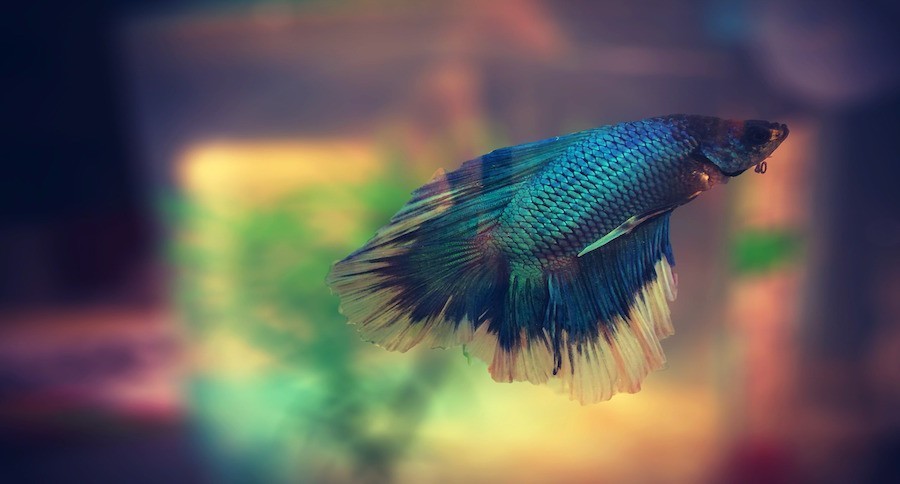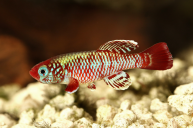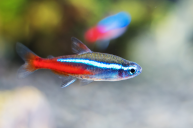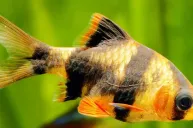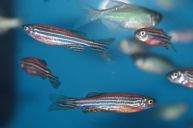The betta, or Siamese fighting fish, is a popular household pet.
And just about every dentist's office seems to have one in a vase on the reception desk.
Bettas, which got their name from a group of ancient, Asian warriors called "Bettah," have been favorites since the 1800s, when the sport of fish fighting became popular in Southeast Asia; so popular that the King of Siam monetized it by imposing taxes and regulations.
The betta is a labyrinth fish, which means it possesses an organ that allows it to breathe oxygen from the air as well as through its gills. This adaptation owes to the betta's native environment, the rice paddies and floodplains of Southeast Asia.
Constant, catastrophic flooding and droughts forced bettas to evolve into labyrinth fish so that they could survive in changing environmental conditions.
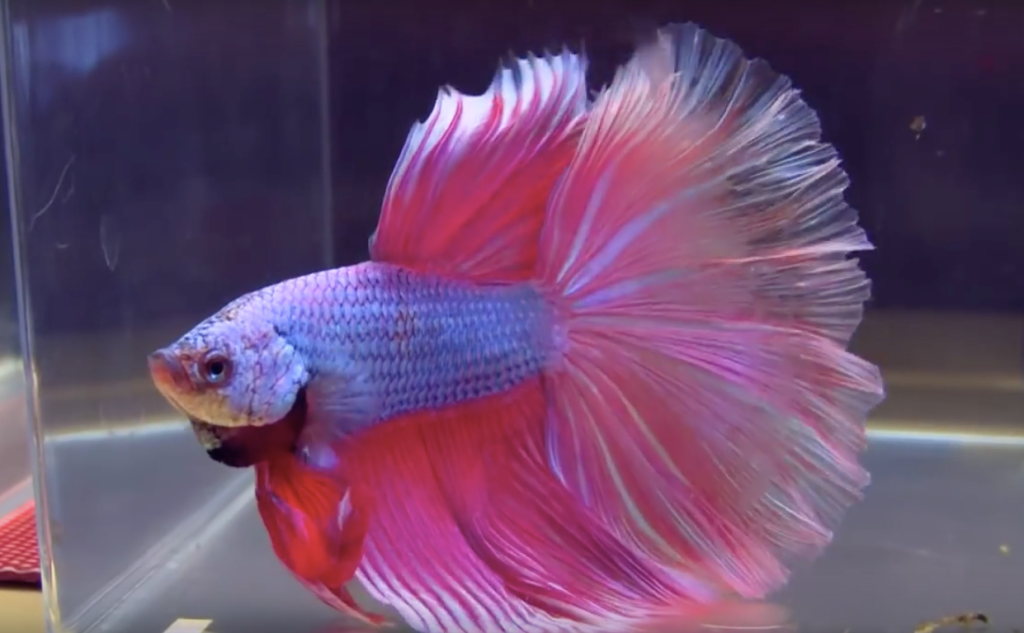
Establishing the right environment for your betta is crucial to his health. Although pet stores sell them in small cups, bettas actually need far more space to be healthy. They do best in tanks that hold at least two gallons of water (minimum) and that water should be conditioned (de-chlorinated), cleaned regularly, and kept at a constant temperature somewhere between 75-82 degrees Fahrenheit.
Cold water can have negative consequences for your betta's immune system.
It's important to talk with the local pet boutique about the tank size, water temperature, water's surface and the water changes recommended by our staff! Experts can expand on the best way to care for this popular aquarium fish and their origin countries. Native to Cambodia and Vietnam, the fish can be found in standing waters of canals and rice paddies. And the male fish are fairly showy with their tail fins and beautiful colors.
Bettas are lone wolves. As such, it is always safest to house them by themselves. Under no circumstances should two males be housed together.
In the right circumstances, female bettas can be kept together, but establishing a betta sorority (the term for a community of female bettas) requires very specific conditions, and even when those are met, females can still be aggressive toward one another.

Bettas are carnivores. A healthy betta diet consists of bloodworms, brine shrimp, and daphnia. High-quality commercial betta pellets combine these foods along with other vitamins and minerals essential to your betta's health.
A proper diet helps your fish maintain his vibrant color and will prolong his life, which, on average, lasts about two to four years.
A little research and preparation makes a big difference in optimizing the health of your betta. By providing the right environment and a healthy diet, you can help your colorful little pal stay happy and healthy for a nice long time.
You can learn more about keeping bettas as pets here.
Did you know that some people from Thailand and Malaysia, like to collect these Male Siamese fighting fish?
Some interesting facts that will add to your knowledge base when trying to show off your expertise to others:
- Although the common name is called betta in the aquarium trade, that is the name of a genus not only containing this fish, but also other species. Betta splendens is more accurately called by its scientific name or "Siamese fighting fish", to avoid confusion with the other species!
- Babies! Betta splendens are totally dependent on their gills during the first phase of their lives and the labyrinth organ allows the species to breathe atmospheric oxygen.
- The ichthyologist Charles Tate Regan, upon realizing a species was already named Macropodus pugnax, renamed the domesticated Siamese fighting fish Betta splendens in 1909!
Some common terms to have on your radar:
- If you're talking with a breeder and want to show off, ask about the Crown tail. This is when fin rays are extended well beyond the membrane and the tail takes on the appearance of a crown.
- Also, ask the breeder about the Plakat or short fins as these resemble the fins seen in wild-type bettas. (cool!)
- Talk about the Veil tail or the extended finnage length and non-symmetrical tail of their fish; caudal fin rays usually only split once; the most common tail type seen in pet stores.
They will be impressed!
